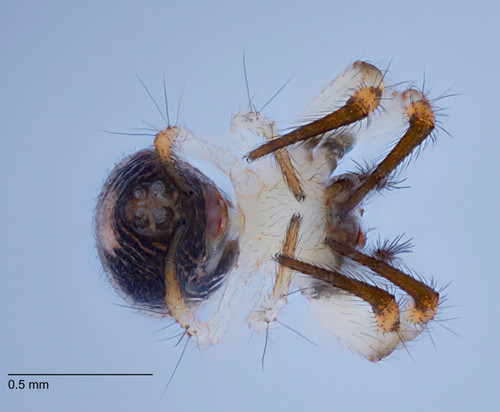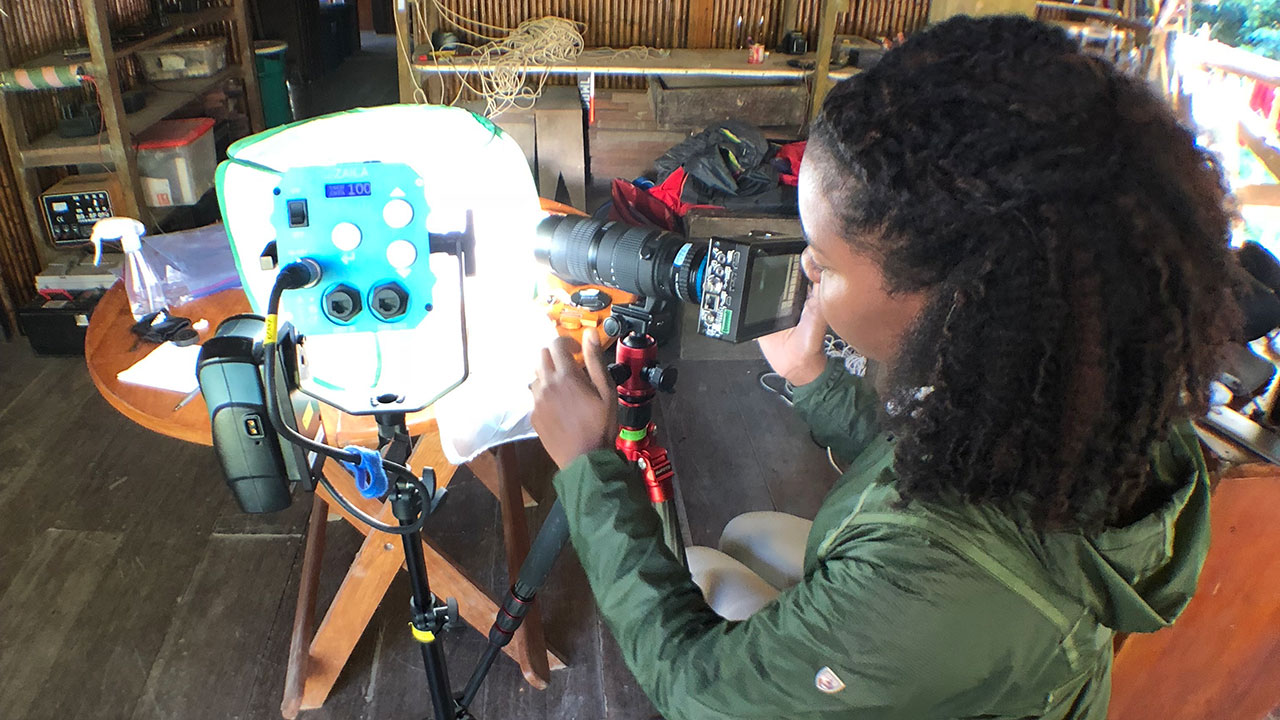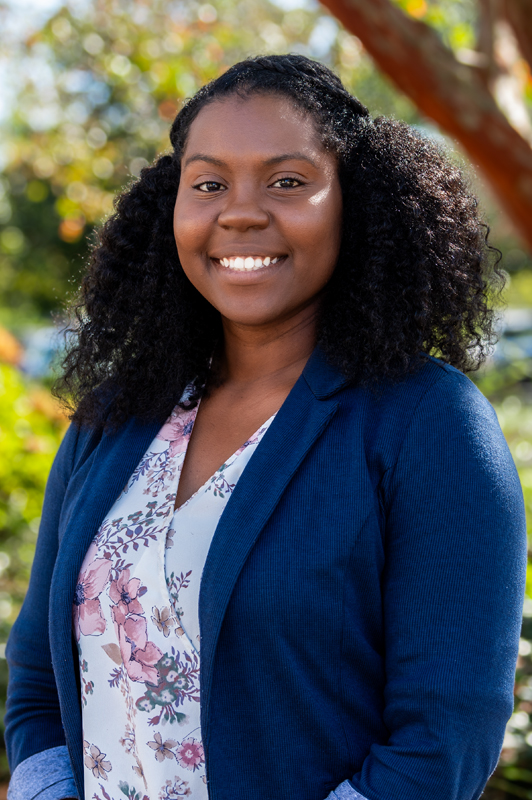Assistant professor in chemical engineering believes biomechanical systems can be replicated from tiny spider
Published: Nov 30, 2023 8:45 AM
By Joe McAdory
Symone Alexander wants to translate tiny spider anatomy into biomechanical systems. What are the engineering parameters involved? How much weight can the limbs grip? Could this information be replicated into operational devices that positively impact society and science?
As principal investigator of the study, “Ultrafast Gripping and Release Mechanisms in Slingshot Spider Legs,” the assistant professor in chemical engineering is part of a two-year, $276,052 ESPSCoR Research Infrastructure Improvement (RII) Track-4 National Science Foundation (NSF) award in conjunction with colleagues at the Smithsonian Institute National Museum of Natural History in Washington, D.C. There, Alexander and graduate student Matthew Garnett will collaborate with Smithsonian Institute research entomologists Hannah Wood and Jonanthan Coddington to use micro-computed tomography (CT) scans to study exoskeletons of harmless slingshot spiders – miniscule arachnids the size of a pinhead native to the Amazon rainforest that feed on mosquitoes and other flying insects.

What’s so special about these itsy, bitsy spiders?
“Slingshot spiders are among the few arachnids known to actively employ a tool — their webs — to accelerate 10 times faster than cheetahs,” Alexander said. “Their legs and claws can withstand forces 100 times greater than their body weight and can initiate the slingshot motion in less than a millisecond.
“These spiders are amazing, but we still don't understand how their legs work. Think about the spider itself. Its body is smaller than a pinhead. Their legs are microscopic, and their claws have features that allow them to grip things much larger than themselves. Imagine doing a pull up, but with somebody 100 times your size holding on to you for hours. That's what they're doing when they hold their webs.”
Alexander, who directs the college’s Alexander Research Team, believes that studying slingshot spiders’ leg morphology will lead to identifying lightweight, small-scale biomechanical systems capable of withstanding large loads with sub-millisecond response times and inspiring the design of new micromechanical systems and responsive actuators. For instance, micro grippers, which are used to handle delicate items such as insect eggs, fish eggs, other delicate biological samples or even surgical systems to handle arteries.
Alexander, who will travel to Peru next summer in search of slingshot spiders, didn’t always have a desire to study creepy crawlies.
“When I began this project during my post-doctorate at Georgia Tech in Professor Saad Bhamla’s group, I was terrified of spiders,” she said. “To prepare, I practiced catching spiders in my Atlanta apartment. There I was, screeching and screaming, and at the same time running around chasing spiders with my spouse laughing the whole time. I now realize that they're very intelligent and most help more than they hurt, believe it or not. I’ve grown to appreciate their intelligence and engineering.”
The funded research is Alexander’s second NSF-related award in 2023. This past summer, Alexander teamed with Chemical Engineering Department Chair Selen Cremaschi and Alabama Pulp and Paper Foundation Associate Professor Zhihua Jiang were part of a $4 million grant to reimagine sustainable development of plastic materials.
Media Contact: , jem0040@auburn.edu, 334.844.3447
Symone Alexander records high-speed video data of the slingshot spider extending and releasing its web at the Tambopata Research Center in the Peruvian Amazon rainforest.


